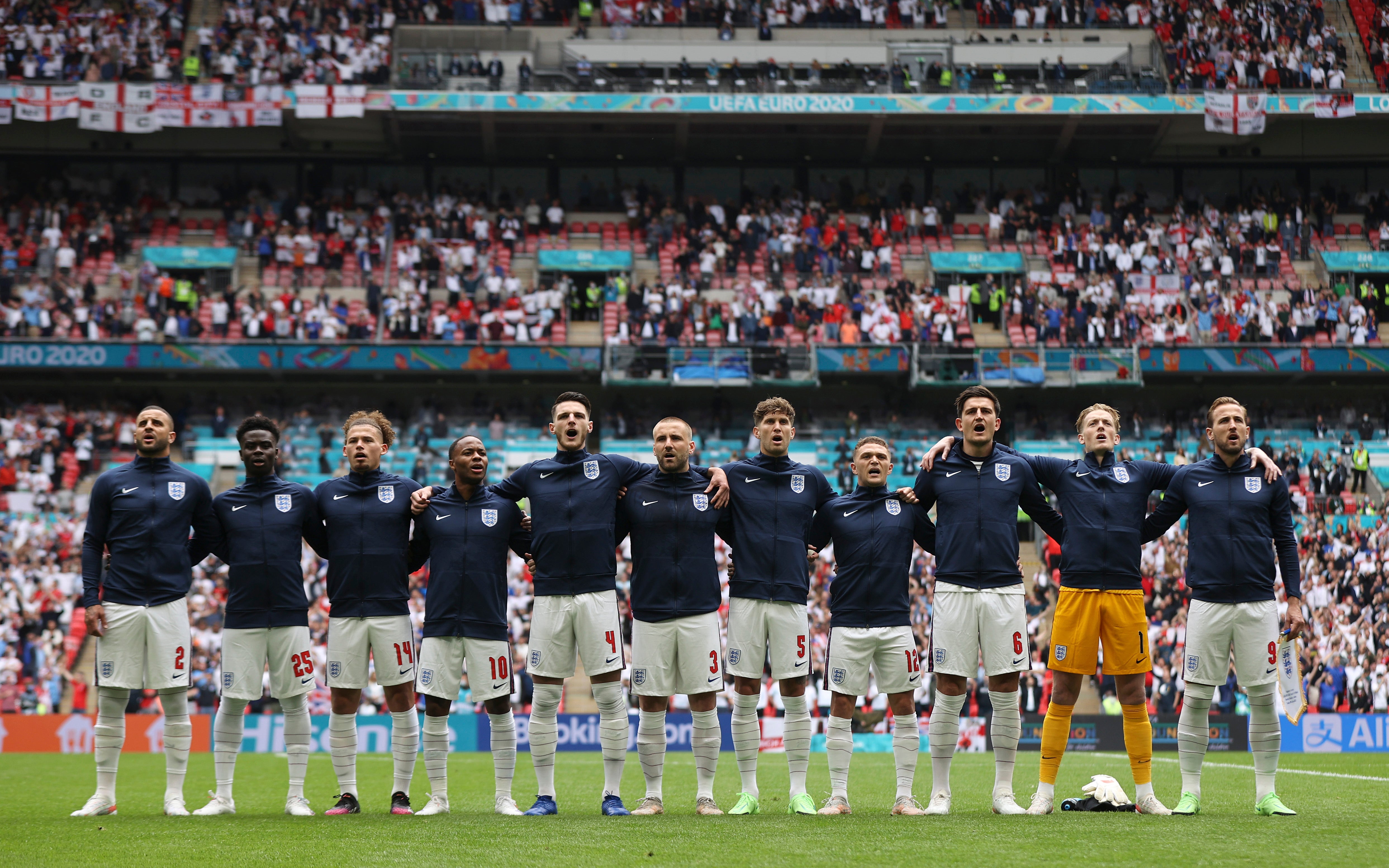How does the north of England produce such footballing excellence?
A full quarter of the English team grew up within 15 miles of each other: one in Barnsley, two in Sheffield. What exactly are they putting in the Yorkshire tea, asks Colin Drury


Much of the plaudits, of course, have gone to the boy from Brent.
As England have progressed to the quarter finals of Euro 2020, it is Raheem Sterling – the kid who grew up in the shadow of Wembley – who has been hailed the nation’s newest hero. He’s scored three times in four games. More than that, he has been a jinking, jiving joy to watch. To see Sterling in full flow is to understand why it’s called the beautiful game.
But in south Yorkshire – where I’m based as The Independent’s north of England correspondent – it is other players who have drawn the attention this summer.
John Stones, Harry Maguire and Kyle Walker are the trio of colossal centre backs that kept Germany at bay in Tuesday’s historic 2-0 victory. And what they all have in common – apart, obviously, from being complete behemoths – is that they were born and bred in a tight little patch of this county; Stones in Barnsley, Maguire and Walker in Sheffield.
Or, to put it another way, a full quarter of the English team grew up within 15 miles of each other. Two of them were born in the same hospital.
Astonishing when you think about it. Astonishing but also not actually unique. During the 2018 World Cup, six of the squad – Stones, Maguire and Walker as well as Gary Cahill, Jamie Vardy and Danny Rose – were from the Sheffield city region.
So, what, one might wonder, are they putting in the Yorkshire tea up here?
So intrigued was I by this question that three years ago I spent some time interrogating it. I bothered all manner of experts – academics, coaches, an ex-minister – to ask how one small area could produce such sporting excellence?
The answer? It’s all to do with the old coal mines and steel forges, apparently. Really.
“What these industries had were incredibly competent, well-run sporting teams attached to them,” Martin Toms, senior lecturer at the University of Birmingham’s School of Sport, told me. “They were serious outfits, competitive, excellent facilities; and what that now means is you have a region where sport – and sporting excellence – is really in the DNA. It is a cultural isotope.”
Pertinently, too, such industries instilled a belief in hard work; in the idea that talent is nothing but talk if you don’t back it up with graft.
“The lads we take – and this was true of Kyle and Harry – they have talent, but they also have good attitudes towards work,” said Travis Binnion, the then Sheffield United Academy manager – now at Man United – who worked with both players. “Their parents work hard and they instil that in the kids.”
The conclusion? If football really does come home this summer, it may have been that success was forged long ago in the furnaces and mines of south Yorkshire.
Yours,
Colin Drury
North of England correspondent
Join our commenting forum
Join thought-provoking conversations, follow other Independent readers and see their replies
Comments